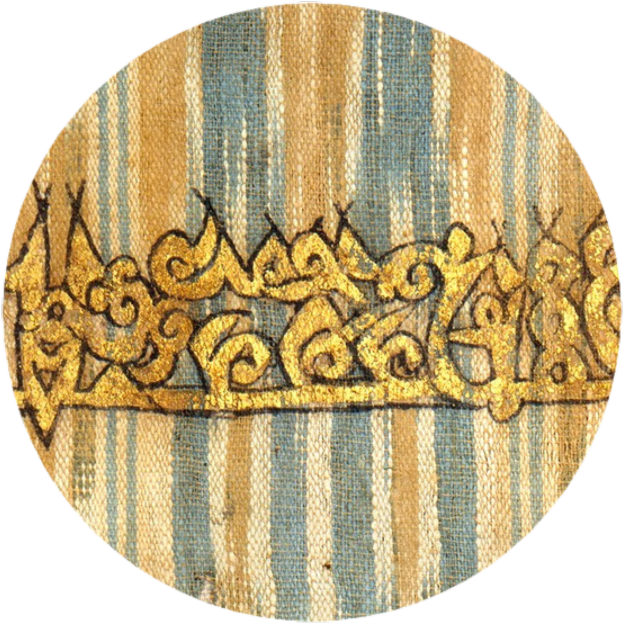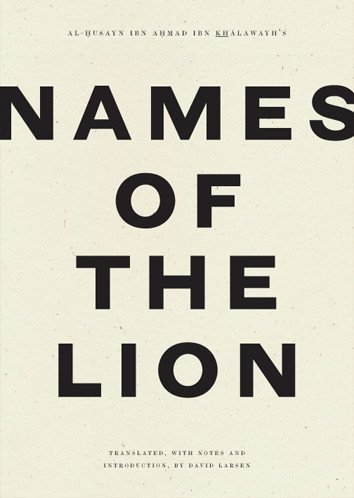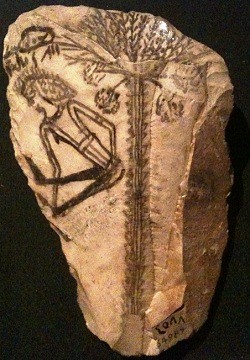[The verbs] i‘wajja, awida, māla, ḍali‘a, zawira, zāgha, ṣa‘ira, and ṣawira all mean the same. Ta’awwada is said of a thing that has a bend in it. And you say there is mayal in a bent thing, in addition to mayl, both verbal nouns of māla. [The nouns] ‘awaj, mayal, awad, ḍala‘, badan, zawar, zaygh, and ṣa‘ar are said especially for [affections of] the side of the face. God, be He Exalted and Magnified, says: Wa-lā tuṣa‘‘ir khaddaka li-n-nāsi "Twist not your cheek at people." Ṣawar and ṣayad are [upward bendings of a person's neck] from hauteur and pride, and [of a camel's neck] from the tugging of the rein upon the nose-ring.
From ‘Abd al-Raḥmān ibn ‘Īsā al-Hamadhānī's Book of Words for Secretarial Use in Arabic Language Science, the recension of
Ibn Khalawayh
[The nouns] ‘awaj, awad, ḍala‘, mayal, zawar, zaygh, ḥinw, and ṣa‘ar are said especially for [affections of] the side of the face. Ṣawar and ṣayad are [upward bendings of the neck] from hauteur and pride. Mayal is for a bend in the formation of a thing, as is ḍala‘, and its affiliated verb is mayila yamyalu; mayl is for when you incline towards another, and its affiliated verb is māla yamīlu. One uses the verb ta’awwada of a thing, and i‘wajja, in‘āja, and in’āda when it bends. And while the "contortion" of an abstract matter is called ‘iwaj, the "bend" in a stick is called ‘awaj.
From ‘Abd al-Raḥmān ibn ‘Īsā al-Hamadhānī's Book of Words for Identical and Similar Things, the recension of Abū 'l-Barakāt ‘Abd al-Raḥmān ibn al-Anbārī





